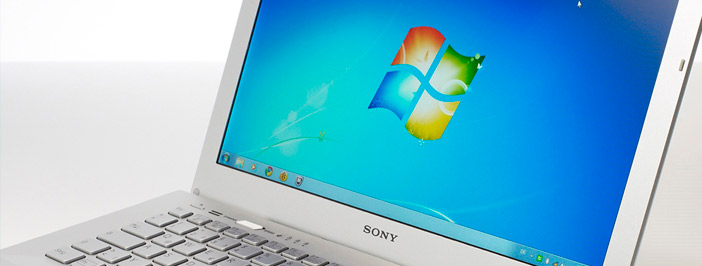The top 5 business risks of not upgrading your Windows 7 or Server 2008
You and your employees are familiar with Windows 7 and 2008 server. You know exactly how it operates because you’ve been using it for years to operate your business.
We get it. And we get that upgrading to Windows 10 or 2012 server sounds like an incredibly daunting, stressful, and time-consuming task.
The thing is, if you continue to use Windows 7 or server 2008, you are putting your business at risk, both in terms of security and output. Not only are you making your business a more attractive target for malicious attackers, but you are also missing out on a whole host of new, productivity-boosting features.
Here are the top five business risks of failing to upgrade from Windows 7 or server 2008.
1. No technical or security support from Microsoft
Support for Windows 7 and server 2008 is ending. Microsoft has already put a date on it: January 14, 2020. After that, you won’t have access to technical assistance or security updates, opening your business up to all kinds of unwanted issues such as hacks, viruses, malware, and other potentially disastrous security flaws.
2. No access to up-to-date malware protection
Windows 10 comes with an in-built, data protecting program called Windows Defender Exploit Guard, which scans for and removes nasty malware. What’s more, it offers additional tools that block and quarantine malicious software on your devices and business network – including ransomware.
You’ll also have the option to subscribe to Windows Defender Advanced Threat Protection, a more complex, cloud-based app for handling security risks on your business’s network.
3. Reduced productivity
As we’ve already mentioned, Windows 7 and server 2008 are far more vulnerable to a malware infection. Now imagine what would happen if your devices – or network – did, in fact, fall victim. The impact varies among industries. For example, if you’re in the retail industry, you are putting your customers’ financial information at risk.
Whatever your field, sticking with Windows 7 will reduce productivity as you begin to grapple with more and more security threats – without Microsoft’s support.
4. Slow, manual configuration of business computers
The Windows 10 Autopilot program makes system configuration quick and easy for business computers – configurations can be downloaded via the cloud and applied to any computer on your network.
For example, say an employee purchases a new computer. After connecting to your office network, the computer will automatically be configured as per your business’s requirements. Alternatively, a system configuration can be created and customized for a specific employee.
5. Less secure web browsing
Using Windows Defender Application Guard, an app available in Windows 10 Professional and Enterprise, your employees can browse the web without the risk of infecting their computer or your business network.
On the Edge browser, you and your staff can surf the web inside a virtual machine. If you come into contact with malicious software or unknowingly become infected with malware, it cannot damage the computer or your business network. That’s because the malware is confined within the virtual desktop.
Ensuring a business-wide upgrade
Do you know how many devices you have running Windows 7? Chances are, you don’t.
So many businesses that don’t work with a managed IT service provider have trouble taking an accurate inventory of all their devices and managing their server software. This can be incredibly problematic when it comes to undertaking a business-wide operating system upgrade.
To ensure your upgrade to Windows 10 or server 2012 runs smoothly, we recommend working with the experienced, friendly team at Imagis. We can help you take stock of your devices and perform a fast, secure, fuss-free migration.
Keep your business up-to-date, boost productivity, and safeguard your network by making the switch to Windows 10 or server 2012.



